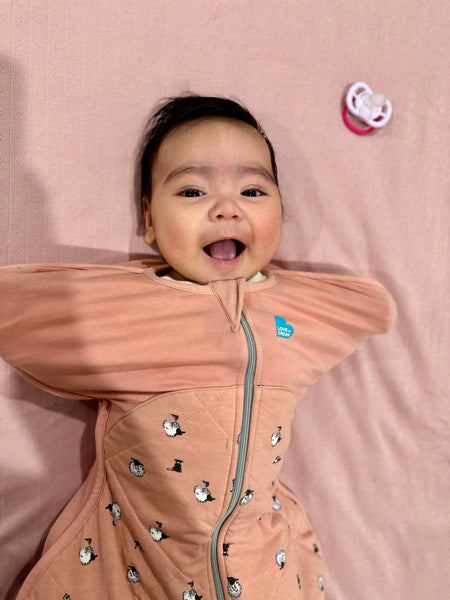What is self-soothing?
Self-soothing is an essential, often automatic ability that is part of a process of self-regulation. It refers to the way an individual is able to regulate their level of alertness and emotions in response to the incoming sensory information and activity coming in from the world around them.
Self-soothing provides comfort for little ones and helps them to calm themselves as necessary to navigate their way through the world. It’s important to keep in mind that every individual has different needs so what works for one child, might not work for another and equally, what works in one moment might not always work in another.
All babies and little ones can learn to self-soothe with the right guidance and support - and that’s where we come in.







